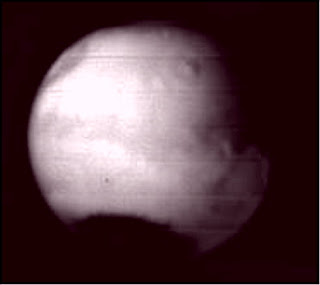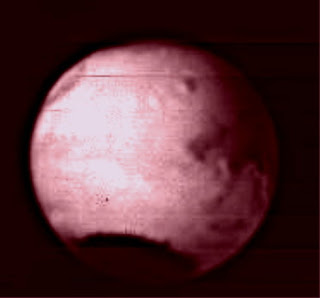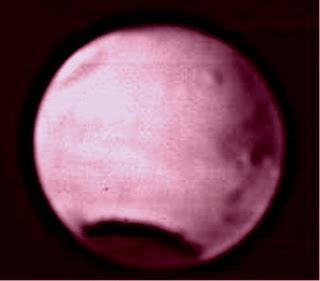 Now I'm no proponent of the theory some people hold that we are being visited by alien species in their space ships. Frankly, the whole thing is quite preposterous and it all started when the TV and movie industries started to make shows about aliens and flying saucers. My opinion will make little difference though, just look at how many people still believe crop circles are communications from aliens despite the hoaxers admitting what they've done, or the even more bizarre chemtrail believers. People often complain about the "skeptics" being ridiculous when they say we're not being visited, as the universe and our Galaxy are so large that the chances are there must be intelligent life out there somewhere.
Now I'm no proponent of the theory some people hold that we are being visited by alien species in their space ships. Frankly, the whole thing is quite preposterous and it all started when the TV and movie industries started to make shows about aliens and flying saucers. My opinion will make little difference though, just look at how many people still believe crop circles are communications from aliens despite the hoaxers admitting what they've done, or the even more bizarre chemtrail believers. People often complain about the "skeptics" being ridiculous when they say we're not being visited, as the universe and our Galaxy are so large that the chances are there must be intelligent life out there somewhere.That's an argument that always annoys me. The point being made by professional scientists that know a little about our universe is that interstellar travel is unbelievably difficult, requires extraordinary amounts of energy and there's this little problem about getting around the speed of light barrier. Anyone who comments that scientists in the past thought that people would suffocate driving an automobile or proved bumble bees can't fly and use that as evidence of scientists being wrong in the past about this limit will receive short thrift from me and perhaps, if I'm feeling generous and patient, a lesson about science and its history.
I suspect most astronomers believe there is intelligent life in our Galaxy or in the universe other than on this planet, it's just that they're just not visiting us - hell, they don't even know we exist. Intelligent people also believe that there are unidentified flying objects, UFOs, that is there are occasional things that appear to be flying and can't be identified.
Today my camera captured something I can't identify and it appeared to be flying. I've no idea what it was. I was visiting my favourite spot on the island and tried to take some images that I'd use to make either an HDR or blended image of the poisonous clouds formed by lava entering the ocean from Kilauea near Kalapana. I took six pictures and when I put them through the processing software I noticed this weird streak:
 I wouldn't have published the picture normally because I hate it, I just got it wrong and it wasn't as nice a picture as I'd hoped, but while trying to rescue it in software I saw the streak. No problem, I thought, something's on the lense or something strange happened when combining the images, but the weird thing is that the streak is only on one of the six pictures that I used to make the picture, and all the pictures were taken within a second or two.
I wouldn't have published the picture normally because I hate it, I just got it wrong and it wasn't as nice a picture as I'd hoped, but while trying to rescue it in software I saw the streak. No problem, I thought, something's on the lense or something strange happened when combining the images, but the weird thing is that the streak is only on one of the six pictures that I used to make the picture, and all the pictures were taken within a second or two. I have no idea what it is. It appears to be a little out-of-focus so is probably on or close to the lense as the distant stuff is relatively in focus, but I would have expected it to be on one or two of the other frames, but it isn't.
I have no idea what it is. It appears to be a little out-of-focus so is probably on or close to the lense as the distant stuff is relatively in focus, but I would have expected it to be on one or two of the other frames, but it isn't.I wonder what it is?

















































